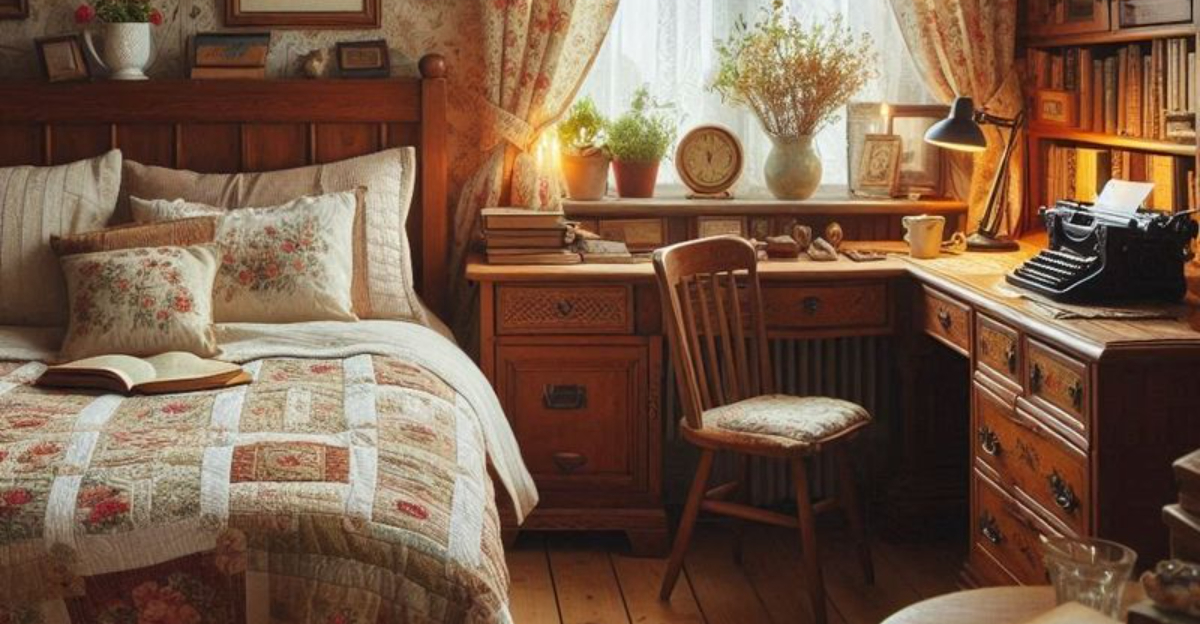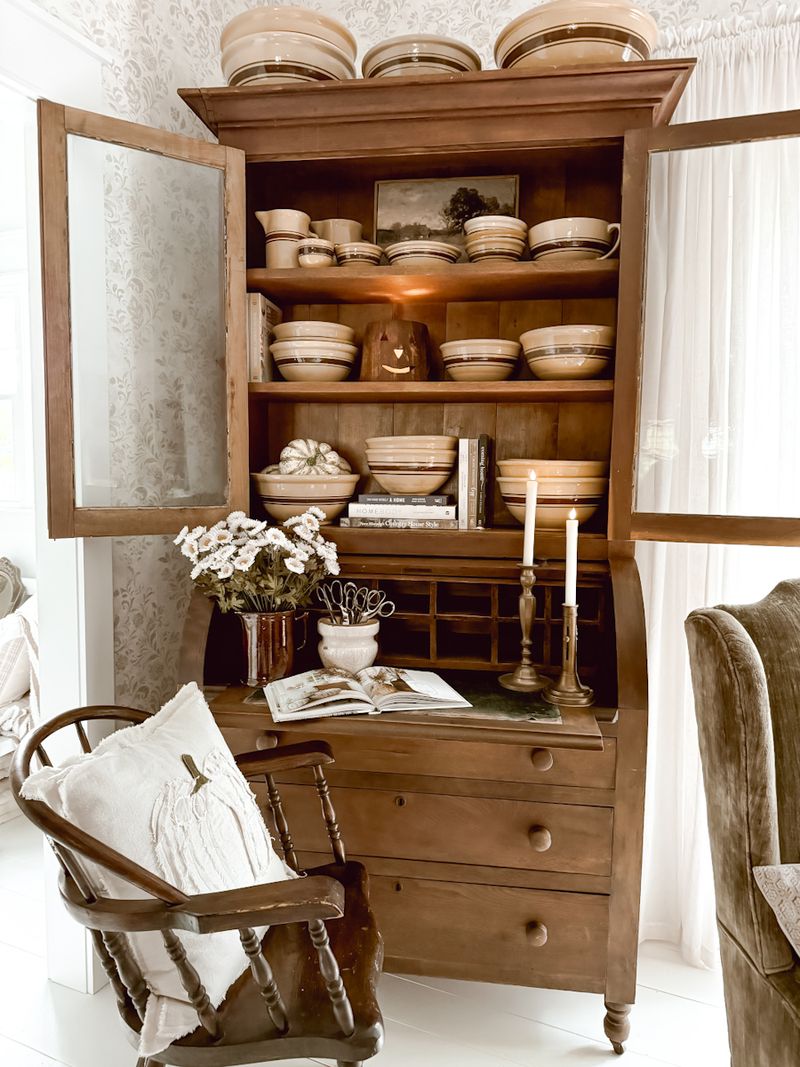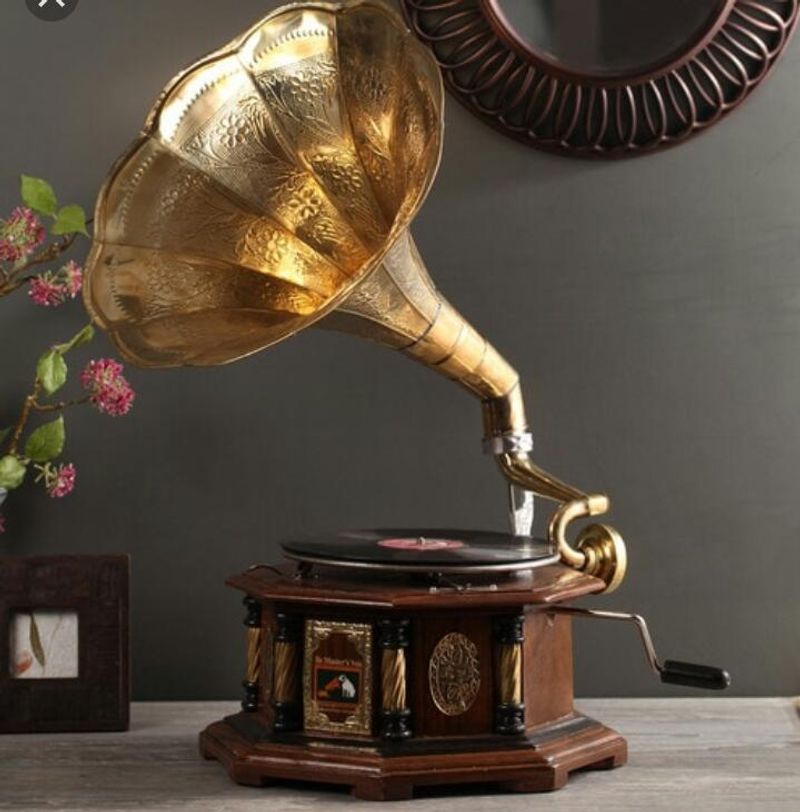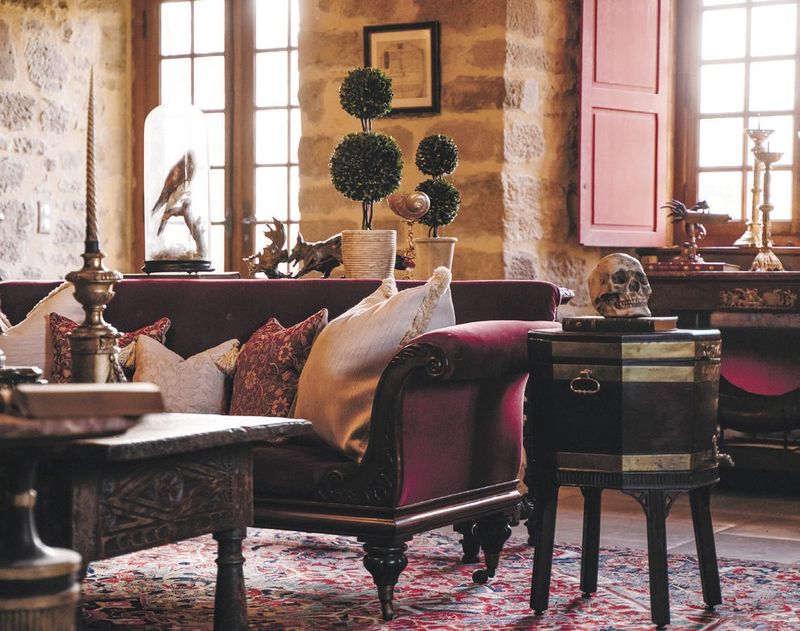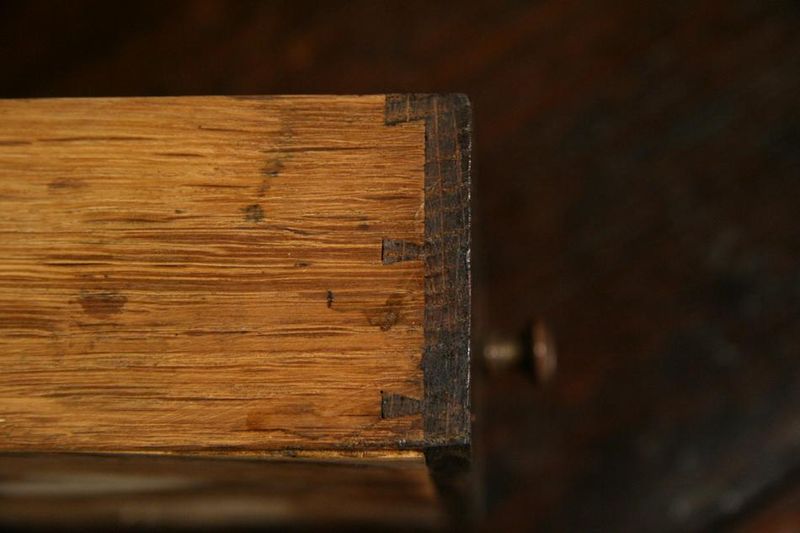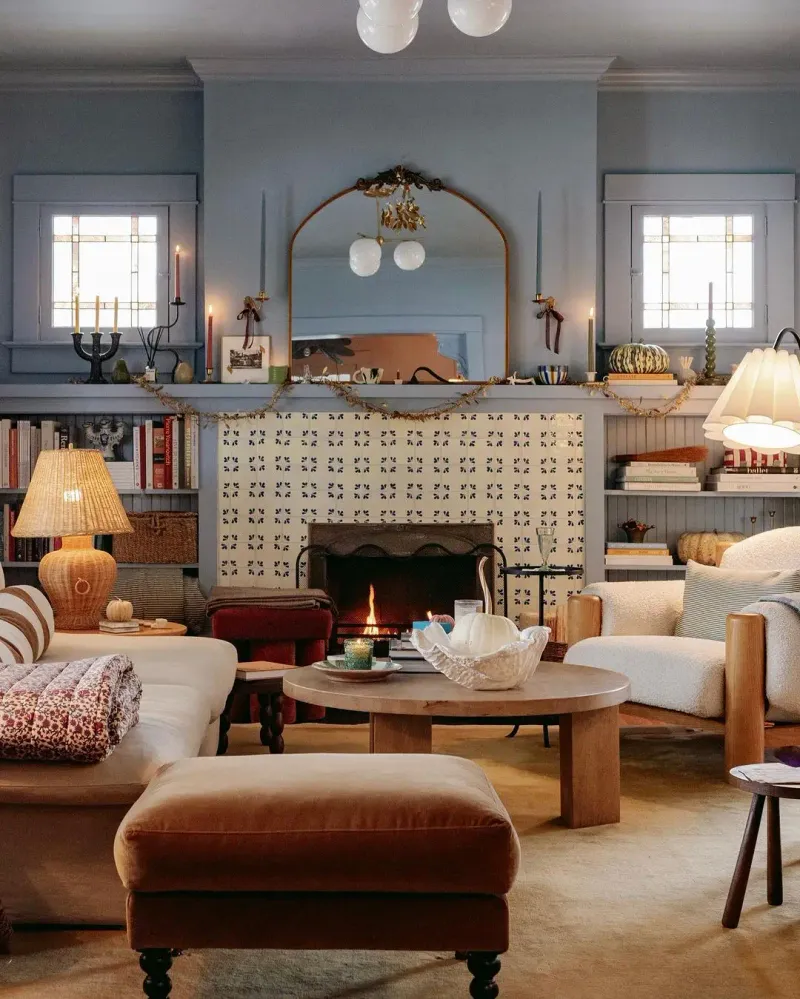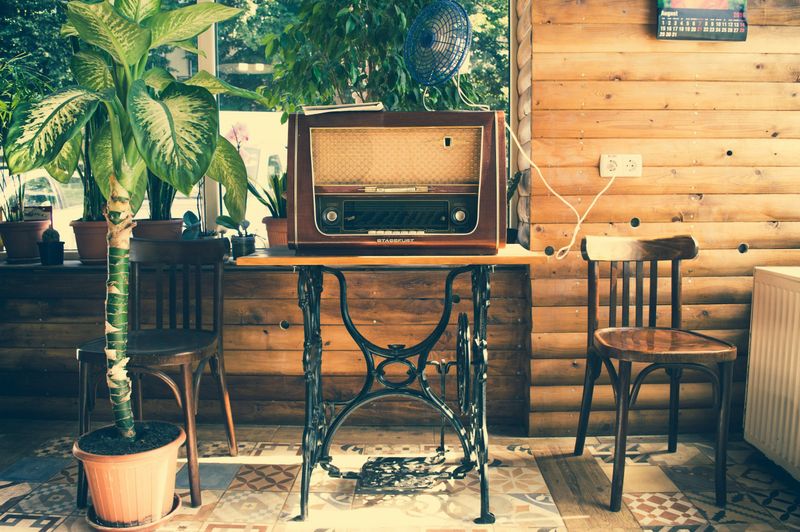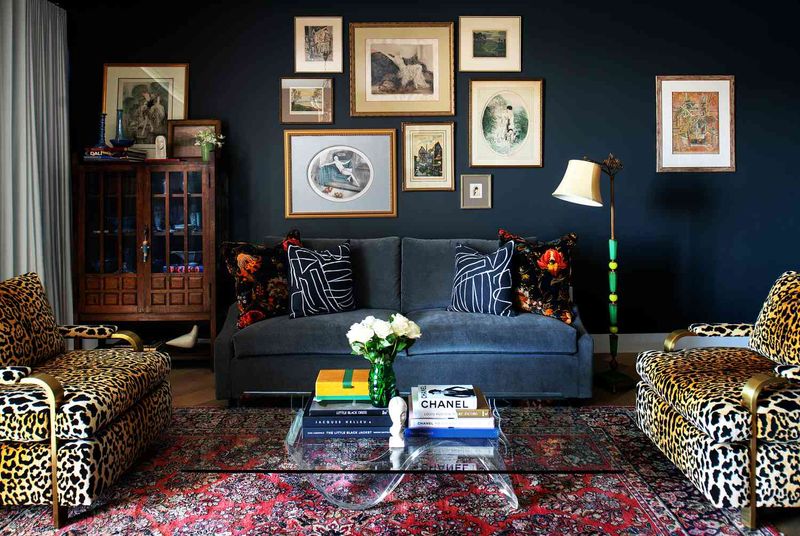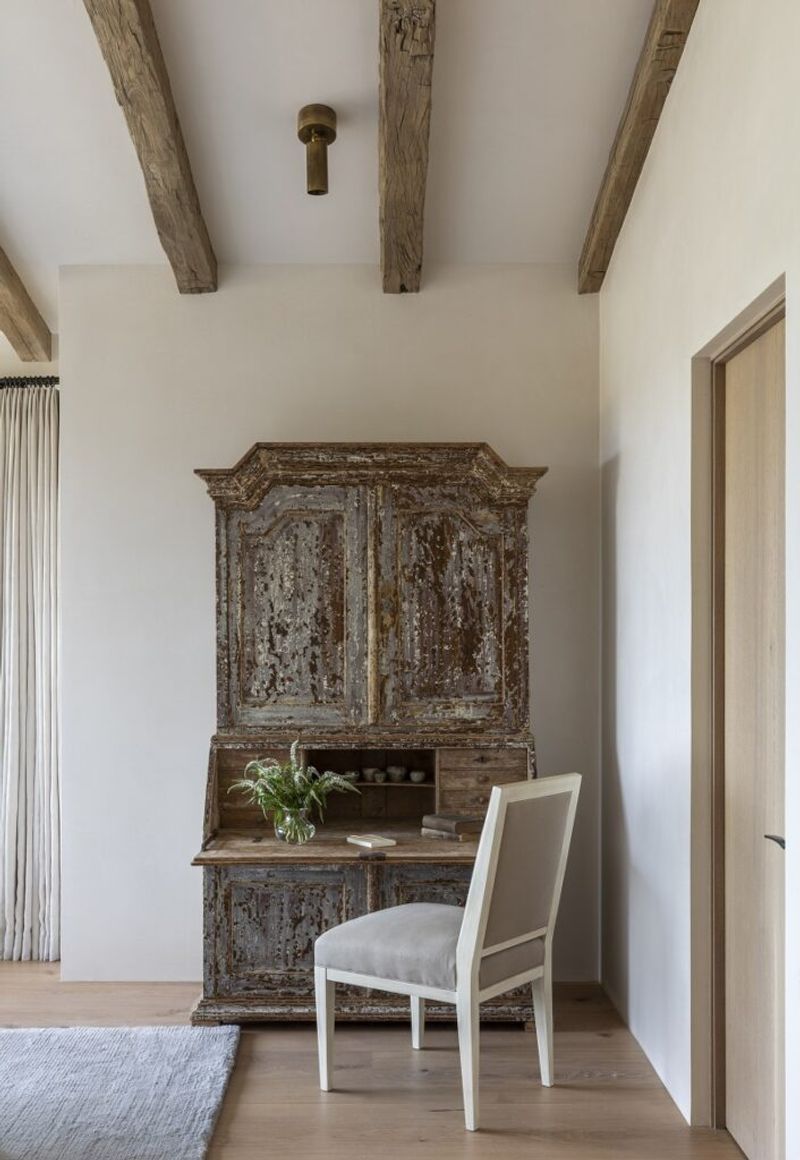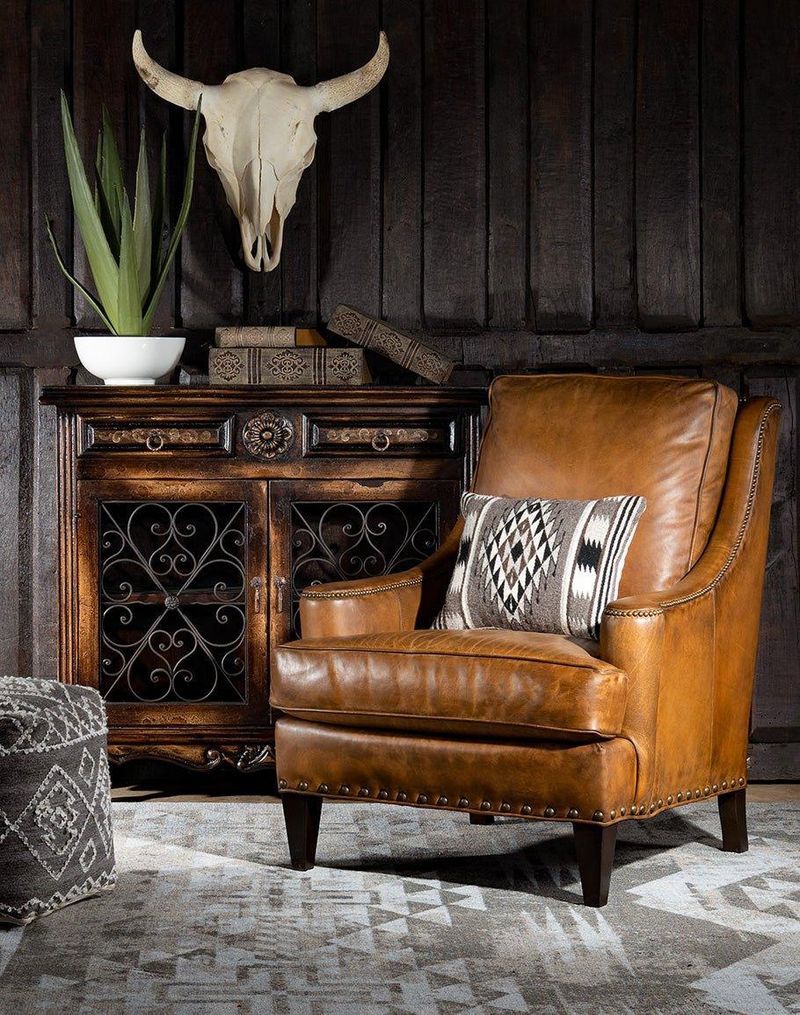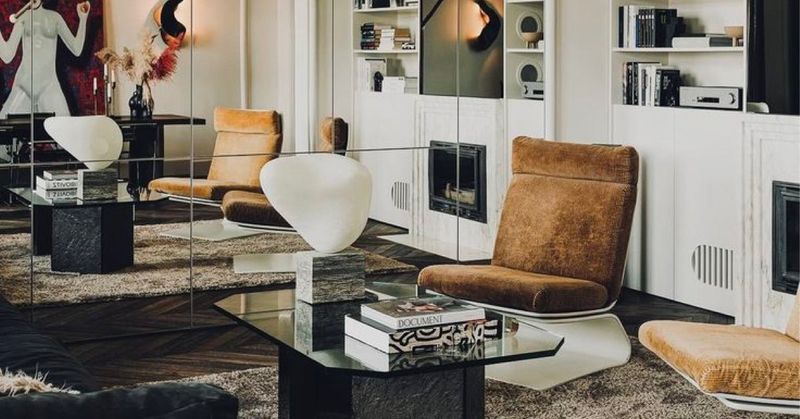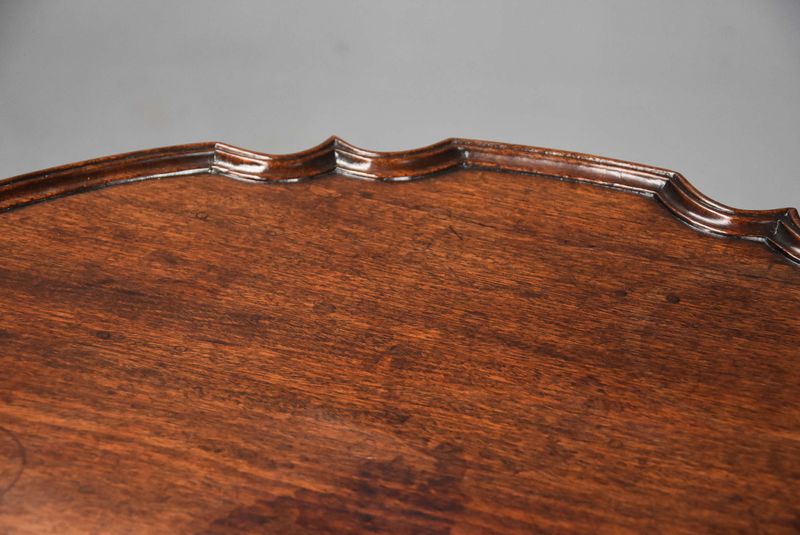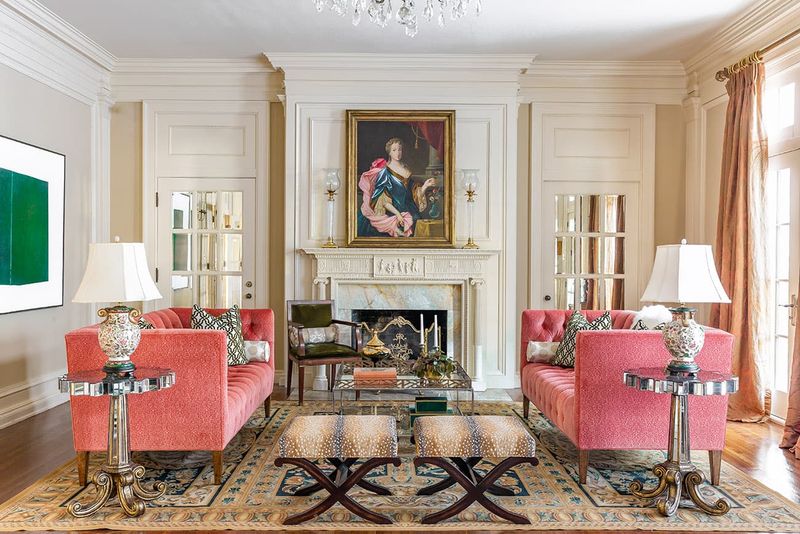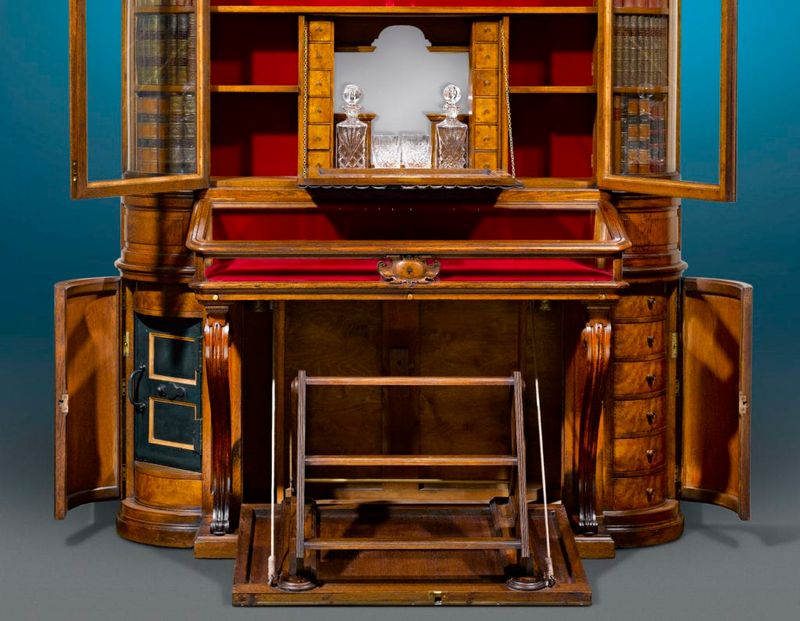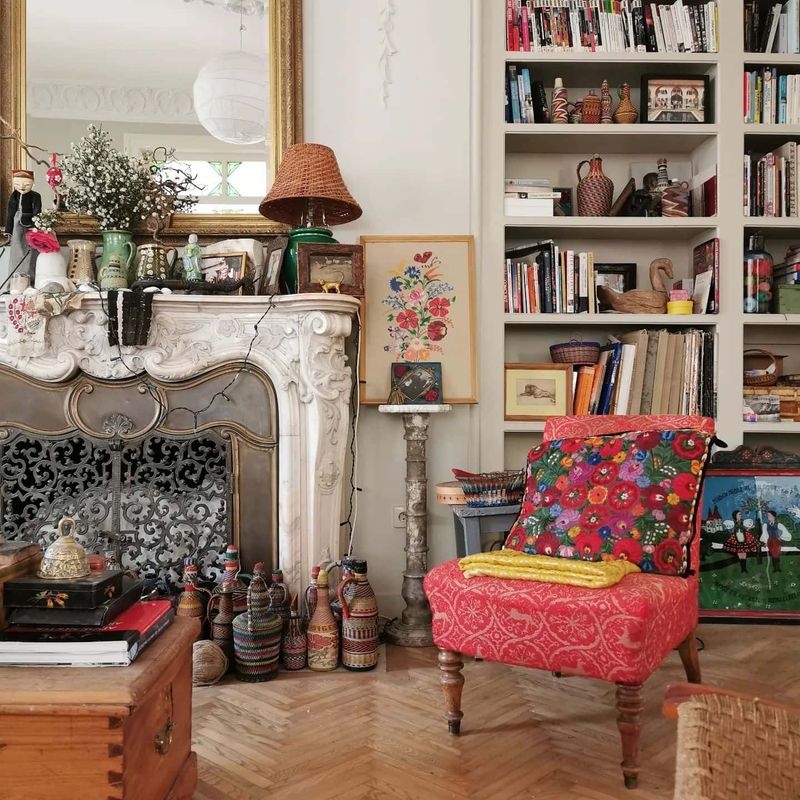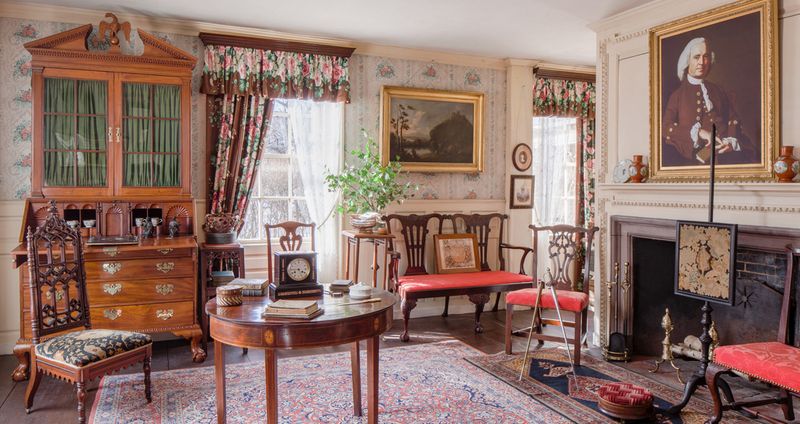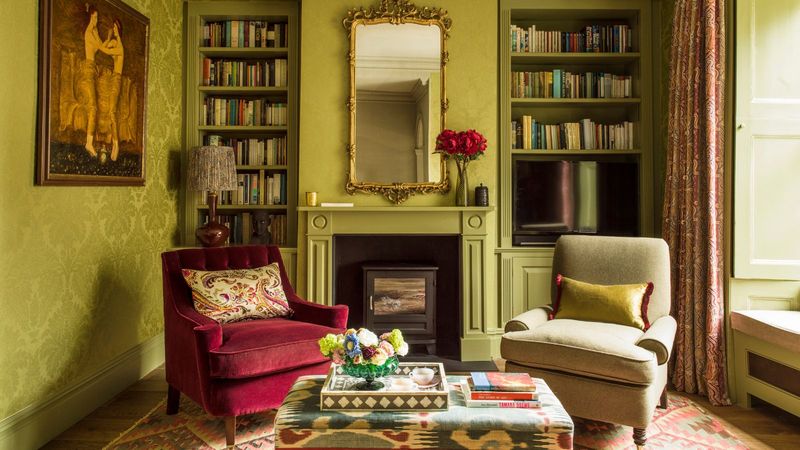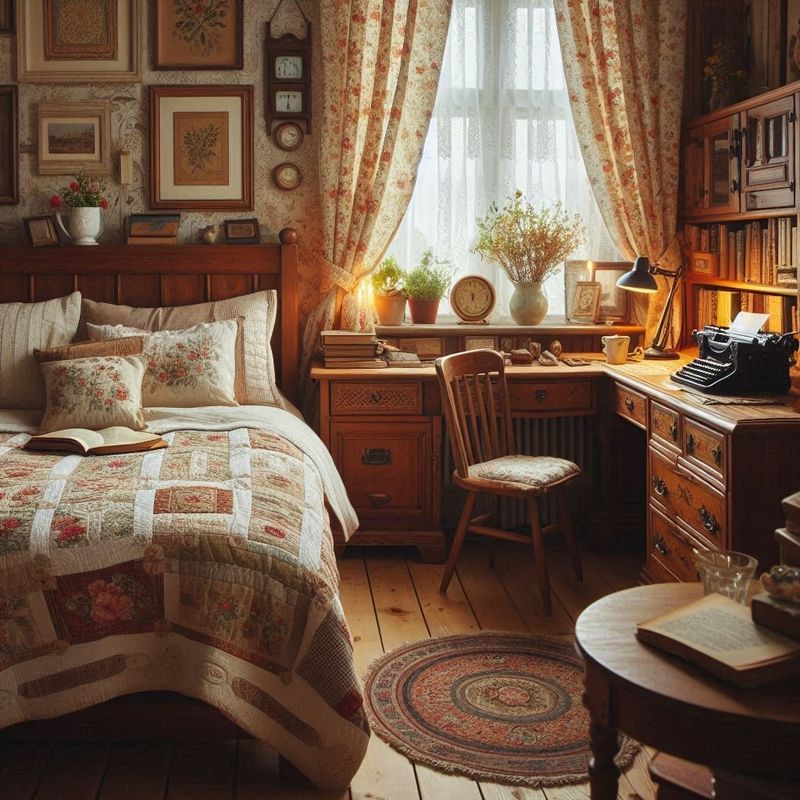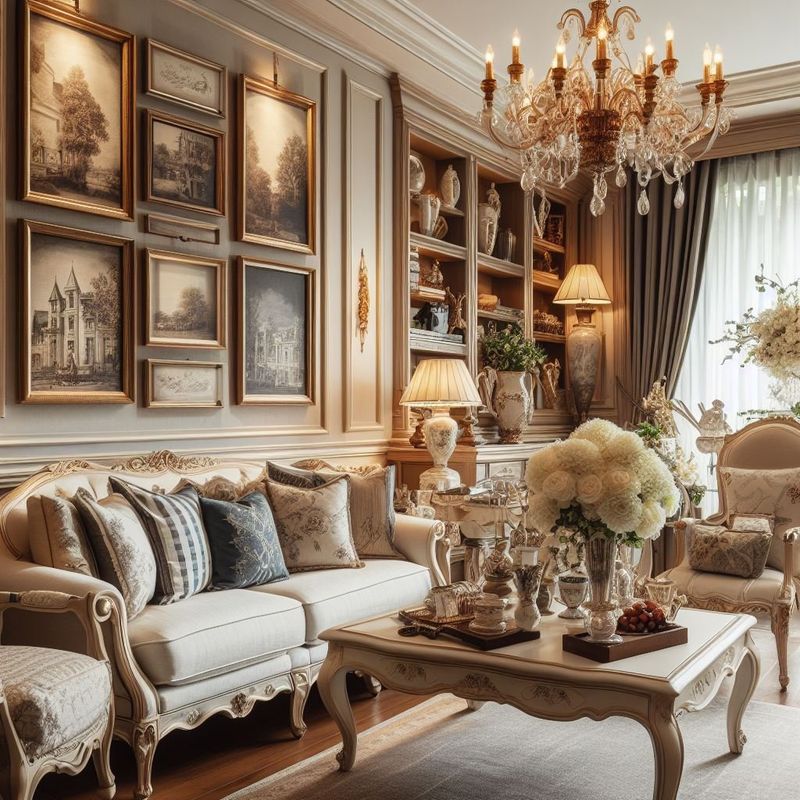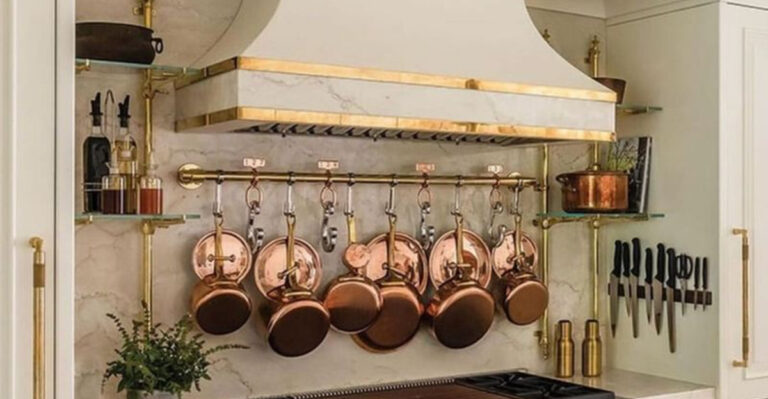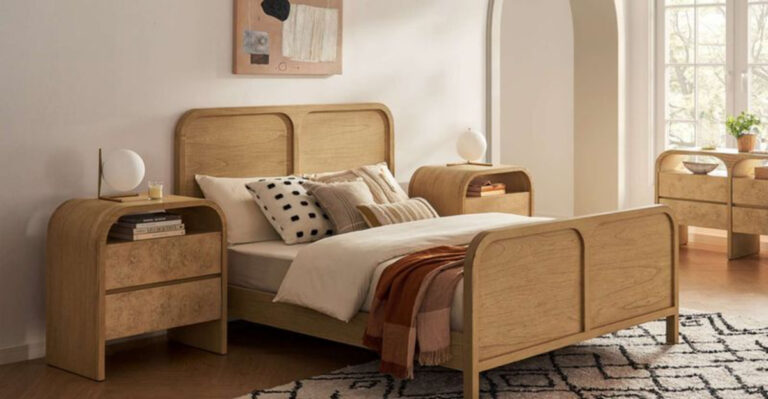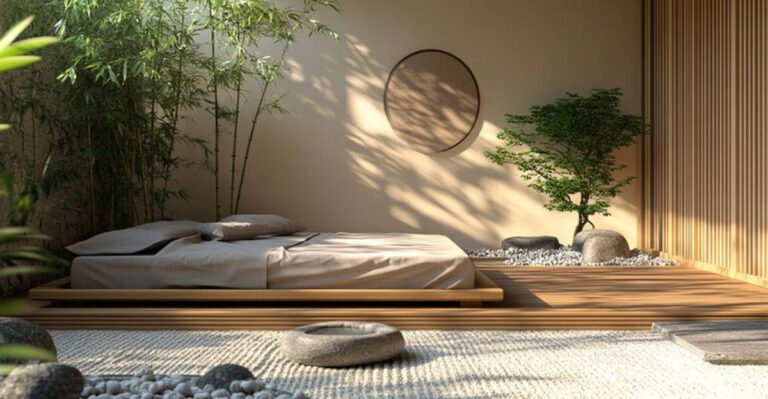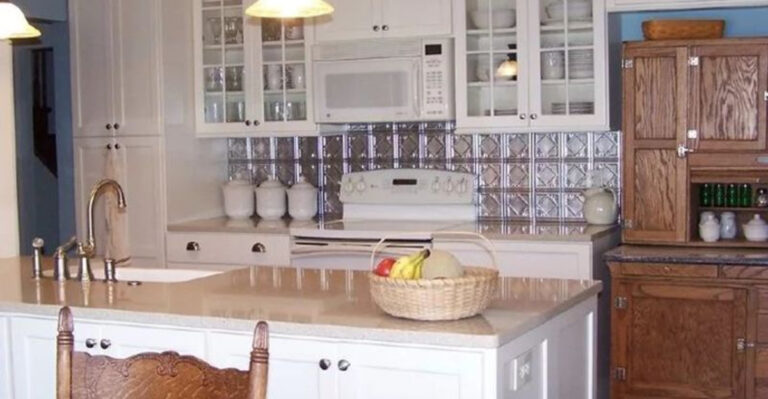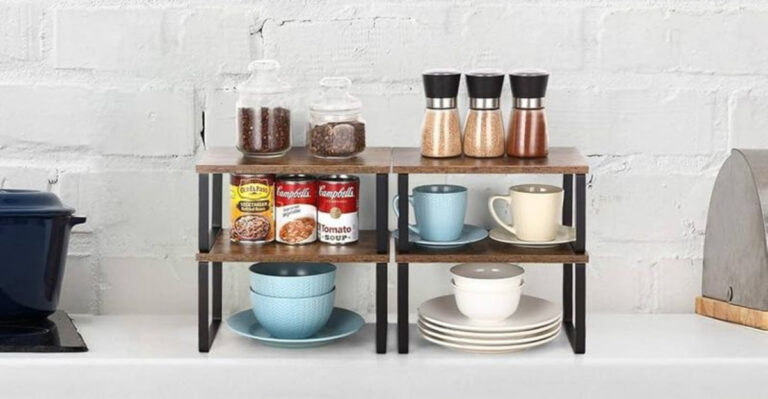19 Reasons You Should Never Underestimate The Power Of Adding Antiques To A Room
Ever walked into a room that just felt special, but you couldn’t quite put your finger on why? Chances are, antiques played a starring role in creating that magical atmosphere.
One well-placed vintage piece can ground a modern room, spark conversation, or instantly elevate your entire design. They add texture where things feel flat, depth where things feel new, and charm that simply can’t be replicated.
Designers know that nothing makes a space feel more intentional than something with a past. If you’ve been overlooking antiques, it’s time to rethink. Here are 19 reasons why these timeless treasures deserve a starring role in your home.
1. Instant Character Builder
Nothing transforms a cookie-cutter space into something truly special faster than a well-chosen antique. While modern furnishings often lack soul, vintage pieces arrive with character built in over decades or even centuries.
Your friends might have the same sofa from that big Swedish store, but nobody else will have your Victorian writing desk or Art Deco lamp. The patina, the craftsmanship, the quirks – they all work together to create instant personality.
2. Conversation Starters
Wondering how to break the ice at your next gathering? That vintage phonograph or century-old rocking chair will do the talking for you. Guests naturally gravitate toward unique items with history.
Each antique comes with its own fascinating backstory – where it came from, who might have used it, how you discovered it. These stories create natural conversation bridges that connect people in ways scrolling through phones never will.
3. Environmental Friendliness
Mother Earth gives a standing ovation every time you choose an antique over new production. By repurposing existing pieces, you’re keeping perfectly good items out of landfills while avoiding the resource consumption of manufacturing new goods.
The greenest furniture is the piece already made! Antiques represent the ultimate in sustainability – items built so well they’ve already lasted generations and will likely outlive many contemporary pieces being manufactured today.
4. Investment Potential
Unlike that mass-produced coffee table that loses half its value the moment you assemble it, quality antiques often appreciate over time. Smart collectors know certain pieces can outperform traditional investments.
With some research and a good eye, your decorating choices could fund your retirement someday! Even modest antiques typically hold value better than contemporary alternatives.
5. Superior Craftsmanship
Run your fingers along a genuinely old piece of furniture and you’ll immediately feel the difference. Before mass production, items were crafted by skilled artisans who took immense pride in their work.
The solid wood construction, the attention to detail, the perfect balance of form and function – these qualities are increasingly rare in today’s furniture landscape. Antiques represent craftsmanship at its finest.
6. Unique Design Elements
Tired of your home looking like a furniture showroom catalog? Antiques offer design elements you simply cannot find in contemporary pieces.
Consider how a Victorian fainting couch might transform an ordinary corner, or how Art Nouveau curves could soften a boxy modern space. These distinctive silhouettes and decorative techniques have largely disappeared from today’s manufacturing processes, making each antique a one-of-a-kind design statement.
7. Emotional Connection
Have you ever felt strangely drawn to an old object without knowing why? There’s something almost magical about items that have witnessed decades or centuries of human life. They carry an emotional resonance modern pieces simply cannot replicate.
Perhaps it’s knowing how many hands have touched that doorknob, or imagining the conversations that happened around that dining table. These emotional connections transform mere furnishings into meaningful touchstones.
8. Unexpected Mixing Potential
Forget the rules about matching periods or styles! Some of the most striking interiors feature bold juxtapositions of old and new.
A sleek modern sofa looks even more contemporary when placed beside an ornate antique chest. The contrast creates visual tension that energizes a space. Even ultramodern spaces benefit from a touch of history to prevent that sterile, unlived-in feeling that plagues many contemporary interiors.
9. Statement Piece Potential
Looking for that perfect focal point? An impressive antique can anchor an entire room’s design. Whether it’s a grand armoire, an ornate mirror, or a distinctive desk, these pieces naturally draw the eye and command attention.
Even in minimalist spaces, a single spectacular antique creates instant visual hierarchy. It tells visitors what matters and where to look first.
10. Texture and Dimension
Running your fingers across the worn leather of an antique trunk or the smooth marble top of a vintage washstand introduces tactile experiences often missing from contemporary spaces.
These textural elements engage our senses in profound ways. Many modern interiors suffer from flatness – smooth surfaces, uniform textures, predictable dimensions. Antiques introduce welcome irregularity through hand-carved details, weathered surfaces, and unexpected proportions.
11. Adaptability Across Styles
Contrary to popular belief, antiques aren’t just for traditional interiors! A well-chosen vintage piece works surprisingly well in almost any design style. Mid-century modern? Add an antique Persian rug. Industrial loft? Try a weathered farmhouse table.
Even the most contemporary spaces benefit from a touch of history to prevent sterility. Antiques act as versatile design chameleons, often bridging disparate elements in a room. Their timeless quality allows them to transcend rigid style categories, making them some of the most adaptable pieces you can own.
12. Unmatched Patina
See that soft glow on an aged wooden surface? That’s patina – the magical transformation that happens when materials age gracefully. No manufacturing process can authentically replicate what time naturally creates.
The subtle sheen on old silver, the rich deepening of mahogany, the gentle wear patterns on marble steps – these surface qualities tell stories of use and care.
13. Increased Home Value Perception
Real estate agents have long known a secret: thoughtfully placed antiques can make a property feel more valuable. These pieces lend an air of permanence and sophistication that suggests quality throughout the home.
When potential buyers see antiques, they often subconsciously associate the property with stability and timeless appeal. Even if you’re not selling, this perception benefit extends to how guests view your space.
14. Unexpected Functionality
Hidden compartments, ingenious mechanisms, and clever space-saving designs – antiques often feature surprising functional elements rarely seen in contemporary furniture. Before built-in closets and minimalist design, furniture needed to be incredibly practical.
A secretary desk might conceal a dozen tiny drawers. A dining table might transform through multiple configurations. These clever solutions from the past can address modern storage and space challenges in uniquely effective ways.
15. Personal Expression
In a world of algorithm-recommended products and mass-market trends, antiques offer a path to genuine personal expression. The pieces you choose reflect your individual taste, interests, and values in ways catalog shopping simply cannot.
Finding that perfect campaign chest or Art Nouveau mirror requires time, knowledge, and passion. The hunt itself becomes a reflection of what matters to you.
16. Cultural Preservation
When you bring an antique into your home, you’re doing more than decorating – you’re participating in cultural preservation. Each piece represents craftsmanship, aesthetic values, and functional needs from another era worth remembering.
As traditional skills disappear and mass production dominates, these tangible links to our shared past become increasingly precious. Your home becomes not just a living space but a living museum celebrating human creativity across time.
17. Design Education
Living with antiques naturally sharpens your design eye and expands your aesthetic vocabulary. You’ll start noticing details – the curve of a cabriole leg, the proportion of a pediment, the particular shade of Venetian glass.
This growing awareness transforms how you see all designed objects. Suddenly you’re recognizing Chippendale influences or Art Deco motifs in contemporary pieces. Your appreciation for craftsmanship deepens, and your ability to discern quality becomes instinctive.
18. Warmth and Coziness
Ever noticed how rooms filled with antiques just feel more welcoming? There’s science behind this sensation! The natural materials, irregular surfaces, and signs of gentle wear create what psychologists call a “high-touch” environment that humans instinctively find comforting.
Modern spaces often feel cold and clinical with their perfect surfaces and synthetic materials. Antiques bring organic warmth through wood that’s expanded and contracted through countless seasons, metals that have developed rich patinas, and textiles softened by years of use.
19. Timeless Appeal
Remember that “must-have” decorating trend from five years ago that now looks hopelessly dated? That’s the beauty of choosing antiques – they’ve already proven their staying power through decades or centuries of changing tastes.
When you select pieces that have remained desirable for generations, you’re essentially future-proofing your décor against the whims of trend cycles. A Chippendale chair looked sophisticated in 1754 and still does today.

